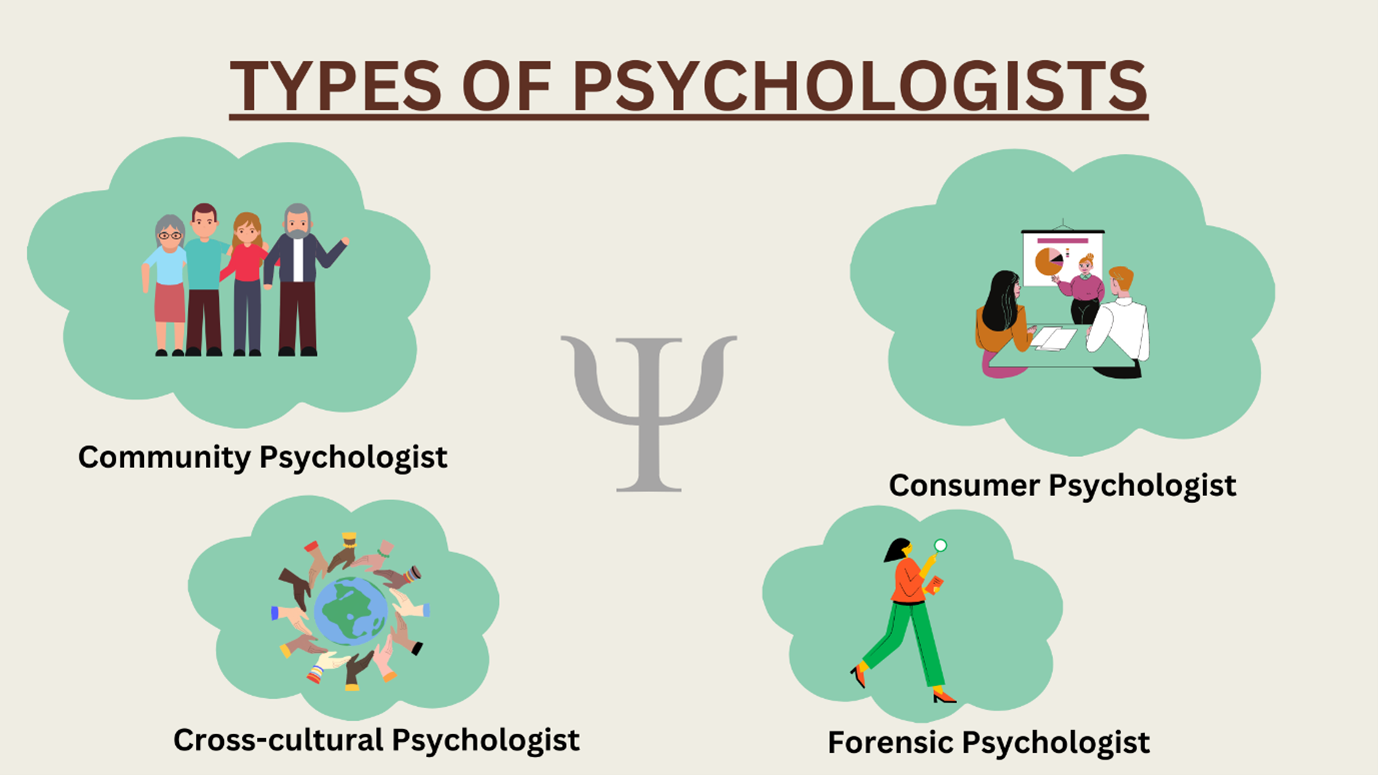Why the Best Psychologist in Delhi Can Change Your Mental Health
Why the Best Psychologist in Delhi Can Change Your Mental Health
Blog Article
Psych Treatment: A Comprehensive Overview to Methods and Results

Cognitive-Behavioral Therapy
Cognitive-Behavioral Treatment (CBT) is a widely used psychotherapeutic method that concentrates on determining and customizing dysfunctional thinking and habits patterns. Developed in the 1960s by Aaron T. Beck, CBT integrates cognitive and behavioral theories to resolve various mental wellness concerns, including depression, anxiousness, and stress-related conditions.
Strategies such as cognitive restructuring, direct exposure treatment, and skill-building workouts are typically used. Cognitive restructuring includes difficult and modifying unfavorable thought patterns, while exposure therapy aims to decrease anxiety and anxiousness via gradual direct exposure to feared things or scenarios.
Evidence-based research study supports the efficacy of CBT for a large range of psychological conditions - Best Psychologist in Delhi. Its focus on ability procurement and self-help techniques empowers clients to continue development independently after therapy concludes. The versatility and effectiveness of CBT have actually made it a keystone in modern psychotherapeutic technique
Psychodynamic Techniques
Rooted in the early concepts of Sigmund Freud, psychodynamic strategies concentrate on exploring the subconscious mind and its influence on behavior and feelings. These approaches intend to reveal concealed ideas and feelings that might be driving maladaptive actions and psychological distress. Central to this method is the idea of internal conflict, usually coming from unsettled previous experiences, specifically those from youth.
Therapists making use of psychodynamic methods employ a number of vital techniques, including totally free association, where patients are urged to talk freely to disclose unconscious product, and dream analysis, which analyzes the unrealized web content of desires. Additionally, the expedition of transference and countertransference dynamics within the restorative partnership is vital. These communications can supply understandings into the person's inner globe and relational patterns.
Psychodynamic therapy is usually longer-term contrasted to other methods, offering a comprehensive and deep understanding of the person's subconscious. Research study indicates that it can be especially reliable for complicated mental health issues, such as individuality conditions and persistent depression. By cultivating self-awareness and psychological insight, psychodynamic treatment seeks to bring unconscious material to consciousness, enabling individuals to attain lasting and purposeful adjustment in their lives.
Humanistic Methods
Building on the foundations laid by psychodynamic methods, humanistic methods use a distinctive point of view concentrated on specific possible and self-actualization. Coming from the mid-20th century, these methods focus on the intrinsic goodness and development potential of individuals, highlighting an all natural sight of human experience. Trick numbers such as Carl Rogers and Abraham Maslow have actually significantly affected this restorative technique, which encompasses methods like client-centered treatment and Gestalt therapy.
Client-centered therapy, created by Rogers, plays an essential function in humanistic techniques. The specialist's function is even more of this a facilitator than an authority, motivating customers to harness their inner sources for healing.
Gestalt therapy, another crucial humanistic technique, highlights present minute recognition and the integration of body and mind. By focusing on the "present moment," customers acquire better insight right into their current feelings and habits. Methods such as role-playing and directed visualization are commonly used to aid clients gain a deeper understanding of themselves, ultimately bring about improved self-awareness and gratification.
Integrative Therapies
Integrative therapies stand for a synthesis of numerous therapeutic techniques tailored to fulfill the one-of-a-kind demands of each customer. This approach acknowledges the intricacy of human psychology and the multifaceted nature of mental health problems. By combining components from various colleges of psychotherapy-- such as cognitive-behavioral therapy (CBT), psychodynamic therapy, and humanistic techniques-- integrative therapies provide a more versatile and alternative therapy standard.
Professionals of integrative therapy assess each customer's specific requirements, signs, and personal background to design a customized therapy strategy. This individualized method enhances the capacity for therapeutic success by addressing the root triggers of psychological distress and promoting total wellness. Techniques could consist of mindfulness workouts, cognitive restructuring, and psychological handling, each chosen to target various aspects of the customer's problems.
In addition, integrative therapies stress the therapeutic partnership, checking out the client-therapist bond as an important element of effective therapy. This partnership fosters a helpful setting where clients really feel risk-free to discover and address their issues. The versatility of integrative treatments makes them appropriate for a wide variety of conditions, including anxiousness, clinical depression, injury, and social problems, therefore raising their applicability and performance in diverse scientific settings.

Measuring Therapy Outcomes
Assessing the performance of psychiatric therapy is critical for both customers and clinicians to make certain that the therapy is yielding the preferred results. To achieve this, numerous approaches and devices are employed to measure therapy outcomes methodically. Standard evaluation tools, such as the Beck Depression Inventory (BDI) and the Generalized Anxiety Condition 7 (GAD-7), offer measurable data on sign intensity and adjustments with time.
Along with standardized devices, qualitative methods like customer self-reports and medical meetings supply important understandings into the visit personal experiences and perceived progression of clients. Regularly arranged analyses, typically at the beginning, axis, and end of treatment, help in tracking the trajectory of enhancement or identifying locations needing change.
Result dimension is not restricted to signs and symptom reduction; it additionally incorporates functional improvements in daily life, such as better interpersonal relationships, enhanced work productivity, and enhanced overall well-being. Modern advancements in electronic health have actually introduced mobile applications and on the internet systems that assist in real-time tracking and feedback, even more fine-tuning the assessment process.
Inevitably, a thorough method to measuring therapy results ensures that restorative treatments are efficient, reliable, and tailored to fulfill the individual requirements of customers, thereby enhancing the overall healing experience.
Final Thought
Humanistic techniques concentrate on personal growth and self-actualization, while integrative therapies incorporate numerous approaches for tailored treatment plans. Examining treatment useful content results with standard analyses and qualitative techniques makes certain an extensive understanding of efficiency, eventually leading clients towards withstanding psychological health renovations.
From the organized strategy of Cognitive-Behavioral Therapy (CBT) to the deep exploration of the subconscious in psychodynamic treatment, each approach brings one-of-a-kind benefits. Its focus on ability procurement and self-help techniques empowers clients to proceed progression individually after therapy wraps up (Best Psychologist in Delhi). Trick figures such as Carl Rogers and Abraham Maslow have actually significantly influenced this restorative approach, which encompasses methods like client-centered therapy and Gestalt treatment

Report this page